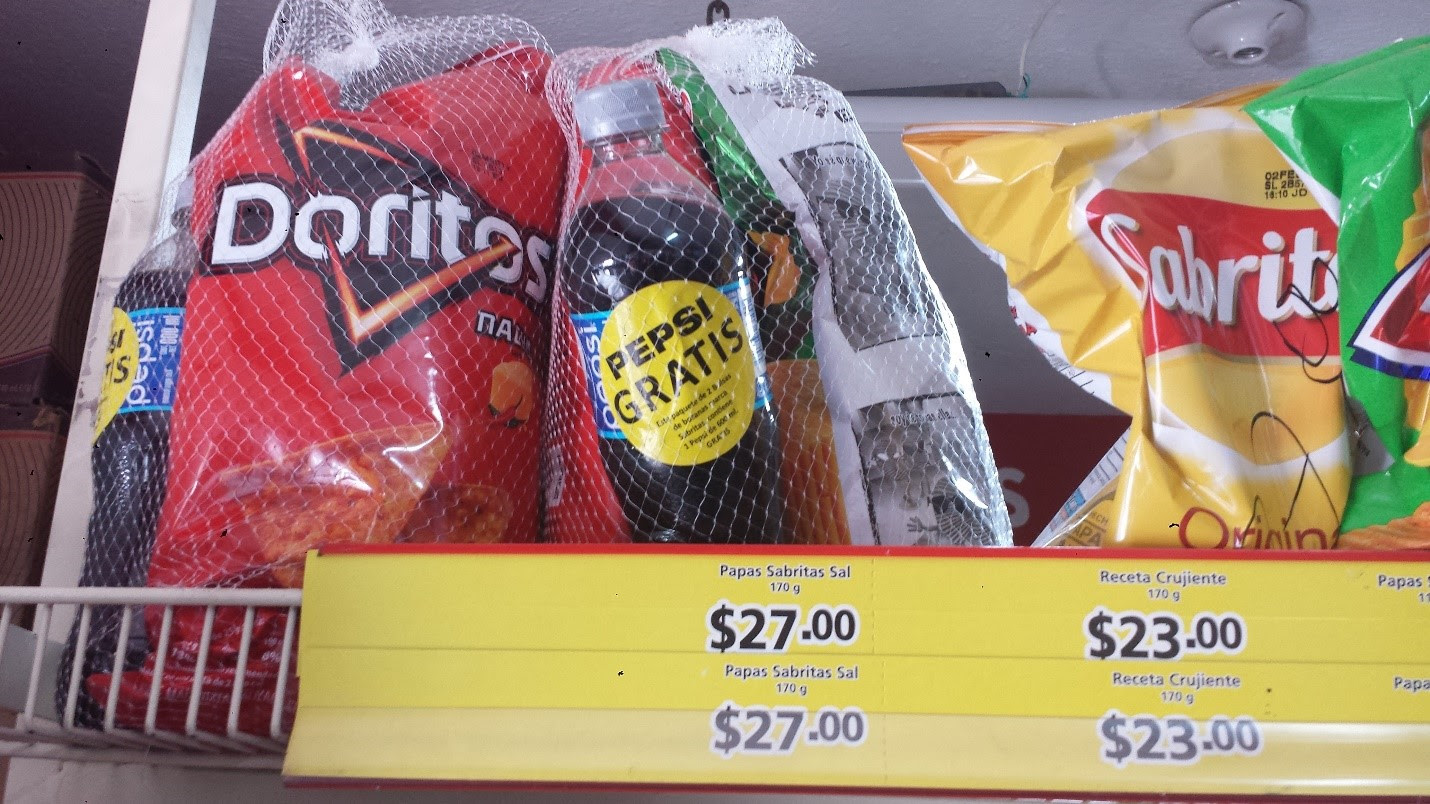Cook & Bynum quarterly letter
Cook & Bynum commentary
Cook & Bynum Tesco Post Mortem

We sold our entire stake in Tesco during the fourth quarter after establishing the position in March of 2012. The company had historically enjoyed margins that were roughly double that of its competitors, and for several years following the 2008 market fall, Tesco tried to maintain them in the face of a weakening UK (and global) economy. Tesco’s poison of choice was to underinvest in its store refreshes, to neglect its private label brands (far more important in the UK than in the U.S.), and to let service levels decline through employee attrition. Management simply hoped to ride out the storm while keeping profitability up. This strategy of trying to make the company’s financial results look good while its competitors reinvested was a terrible mistake. Sainsbury had just completed an overhaul of its private label business, and high-end players like Waitrose and M&S were aggressively catering to wealthier shoppers. Walmart had finally turned ASDA into a serious low-cost alternative while discounters Aldi and Lidl were gaining a strong position at the bottom end of the market. Tesco began experiencing an exodus of shoppers reflected in falling like-for-like sales and lower market share. Concurrently, the price of Tesco’s shares fell dramatically from around 477p in mid-2007 to about 310p in the first quarter of 2012. With this decline and simultaneous earnings growth, its price-to-earnings ratio dropped from the low 20s to about 8 – catching our attention as a potential investment in the process.
Tesco recognized its mistakes in favoring short-term margins and began a reinvestment program to right the ship. We began buying stock at this point with the belief both that management was making the correct strategic move and that the prevailing valuation limited our downside. In short order, management initiated a store-refresh program, private label product revamp, and staffing augmentation plan to increase service levels. Tesco also began expanding its convenience store size footprint as the returns from growing the hypermarket format dwindled. Over multiple trips to the UK, Eastern Europe, Turkey, China, and Thailand, we made hundreds of store visits to both Tesco and its competitors. We also met with the company and its competitors to see how each viewed the retail landscape. It was clear that Tesco was making the investments management claimed, and a valuation that was 8x earnings offered an attractive discount to intrinsic value in case their efforts were for naught. If their attempts to stabilize sales proved fruitful, however, we would have an excellent chance to earn outsized returns. We started purchasing the shares at just under 315p.
Unfortunately, Tesco has not been successful in turning around its operations. Some of this can be attributed to the continuing weakness of the UK and European economy. Compounding this problem, Tesco’s UK competitors, especially the large players like Sainsbury and ASDA, have continued to take share while discounters like Aldi and Lidl have kept pressure on margins. Tesco’s highly profitable Korean division was hamstrung by a law which barred it from operating on Sundays. This sop to a local competitor who did not trade on Sundays shifted a meaningful amount of Tesco’s sales to other retailers. While small, Tesco’s operations in places like Poland have had terrible results as poorer folks in those countries simply curtail spending on non-essentials and cease to drive to out-of-the-way hypermarkets, instead shopping at local discounters. In total, Tesco’s inability to get sales stabilized after more than two years of trying means that the problem is far more difficult than we, but more importantly management, believed. The combination of this worst-case operating performance yet a rising stock price meant that the stock began approaching our reduced estimate of its fair value toward the end of 2013. Our discipline compelled us to sell the stock. Inclusive of dividends, the fund still realized about a 30% gain on the investment. With Tesco, the discount to intrinsic value present at the time of our purchase proved adequate to withstand the company’s tough competitive environment and sub-par operating results.

While in Monterrey, Mexico last December meeting with Pancho Garza and his team at Arca Continental, Richard snapped the picture above in a mom-and-pop store. Better than a thousand words, it illustrates the competitive position that our friends at Arca have created. Pepsi’s brand equity in Arca’s markets is so weak that it is literally giving away its cola with the purchase of two bags of Frito-Lay chips to get people to try it. We are very thankful for the hard work of everyone at Arca to create this favorable situation and encourage their efforts to enhance it. They are truly some of the best moat-builders that we have encountered anywhere in the world.
Cook & Bynum quarterly letter part II
Cook & Bynum Price Matters
The math of investing is not difficult and can be done with a little division and some basic algebra, but the math is essential. Buying and selling securities without a fluent understanding of how intrinsic value is calculated is mere speculation.






